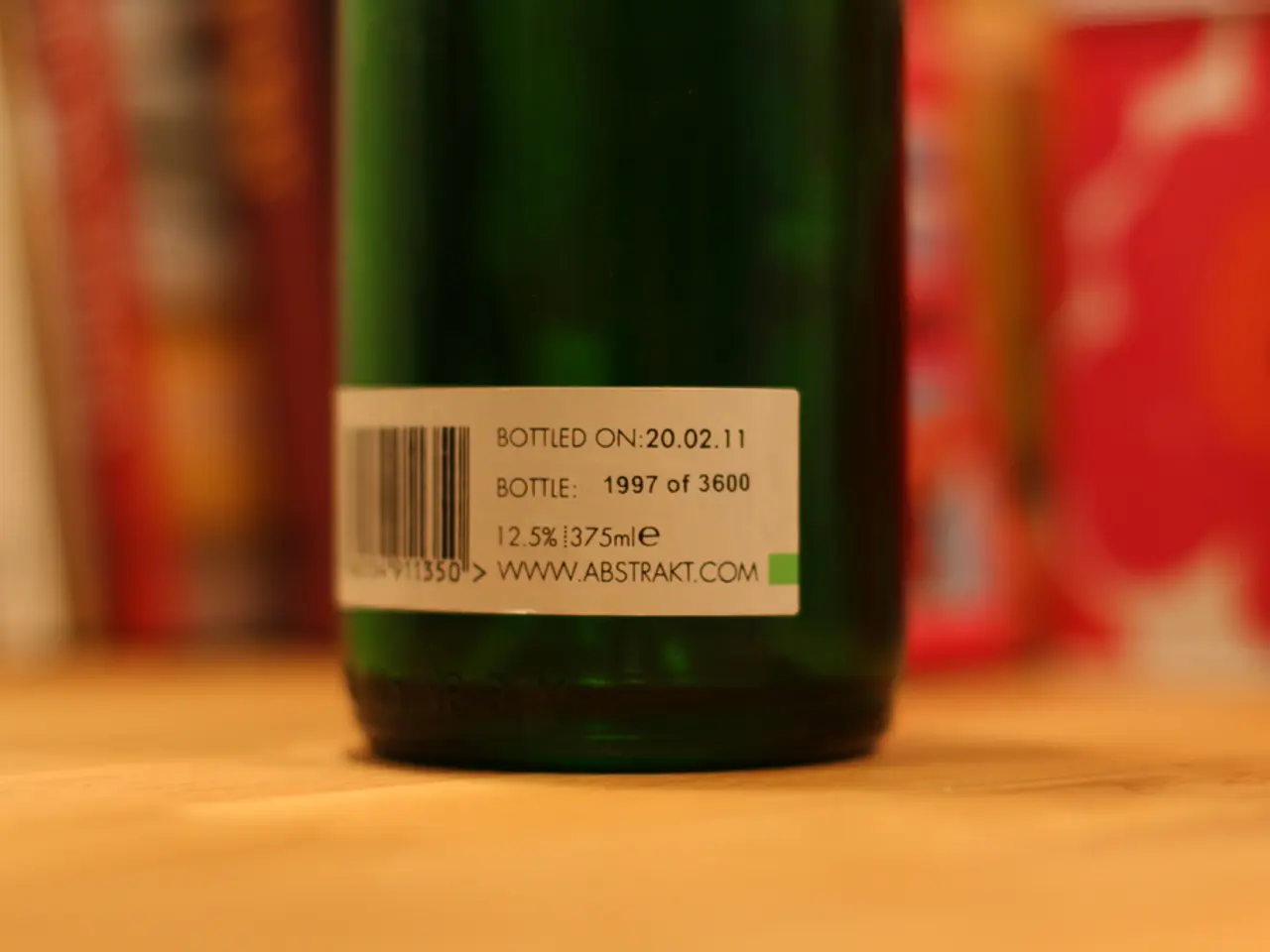Assessment of Pyrethroids' Safety Factor under the FQPA in 2019
The Environmental Protection Agency (EPA) has announced a significant change in its approach to the safety of pyrethroid pesticides, particularly for infants and children. Based on a comprehensive review of new data, the EPA has concluded that reducing the total Food Quality Protection Act (FQPA) safety factor for pyrethroids to 1X will be protective for this vulnerable group.
This regulatory decision may have a significant impact on the use and safety of these pesticides. The regulatory history of the evaluation of pyrethroids' FQPA safety factor dates back to the amendments introduced by the FQPA in 1996. The Act amended the Federal Food, Drug, and Cosmetic Act (FFDCA), consolidating the EPA's authority to establish, modify, and revoke pesticide tolerances under FFDCA section 408.
Under the FQPA, the EPA reevaluated tolerances for pyrethroids, applying the "FQPA safety factor" to account for possible increased susceptibility of children to pesticide residues. Over time, the EPA has adjusted these safety factors as more toxicological and exposure data became available.
Key points in the regulatory history include the enactment of the FQPA in 1996, which established a new statutory safety standard requiring the EPA to ensure “a reasonable certainty of no harm” to infants and children by applying an additional safety factor—usually 10x—in risk assessments of pesticide residues, including pyrethroids. The EPA also consolidated tolerances for both raw and processed commodities and incorporated the FQPA safety factor when setting tolerance levels for pyrethroids under FFDCA section 408.
Ongoing reevaluations are a part of the EPA's commitment to updating risk assessments and safety factors as new scientific data emerge regarding pyrethroids’ toxicity, exposure, and potential endocrine or neurodevelopmental effects. However, the process has faced challenges such as reliance on industry-submitted safety studies, scientific debates about the adequacy of data to support reducing the safety factor below 10x, and balancing regulatory evidence with enforcement actions to comply with FQPA requirements.
The EPA's decision to potentially lower the FQPA safety factor for pyrethroids is aimed at providing better protection for infants and children. In previous assessments, the EPA used a 3X FQPA Safety Factor to account for possible pharmacokinetic differences between adults and children. However, the new conclusion regarding the FQPA safety factor for pyrethroids is based on a review of recently available data.
This re-evaluation of the FQPA safety factor for pyrethroids specifically pertains to pesticides and is related to human health risk assessments. The EPA's re-evaluation of the FQPA safety factor for pyrethroids highlights the Agency's commitment to ongoing review and adaptation of safety regulations based on new data.
The EPA's decision to potentially lower the FQPA safety factor for pyrethroids indicates a commitment to advancements in science and health-and-wellness, specifically aimed at providing better protection for infants and children. This regulatory change in the safety factor, which is part of the ongoing reevaluations of pyrethroid's toxicity, will likely influence the use and safety of these pesticides in therapies-and-treatments.




